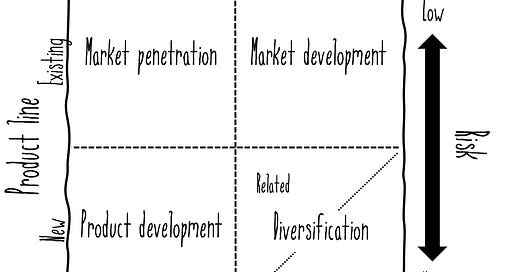Friends,
A long time ago, in a world yet far, far away from Covid, I presented a keynote at a conference in Mumbai, India. Although it and its organizers remain among my most favorite, four days in around-the-clock high heat and humidity took their toll on the ice-veined Scandinavian that is yours truly. As it happened, the route back took me via Switzer…



